We know that the new Toyota Yaris GRMN is a very special hot hatch. Its GRMN badge is a sign of the special efforts that have been invested in this project, standing for Gazoo Racing tuned by the Meister of the Nürburgring. But how is that evidenced in the collection of motorsport-inspired components fitted to the car as standard?
In this post we take a deep dive analysis and look at specific examples of how the Yaris GRMN is inspired by motorsport yet engineered for the road.
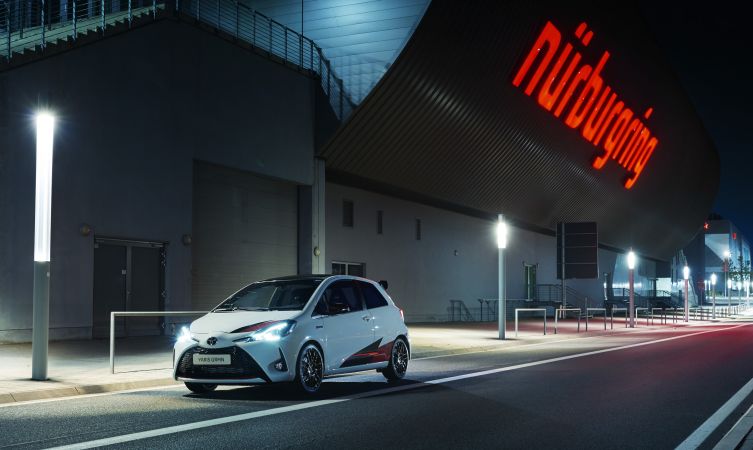
Yaris GRMN: supercharger
The function of a supercharger is to substantially increase the power output of an internal combustion engine. In the majority of instances, the supercharger achieves this by force-feeding the engine with air that has been compressed and accelerated between two rotors spinning at speeds of over 20,000rpm. As a result, the volume and density of this air is much greater than the engine would normally process through unassisted breathing, otherwise known as natural aspiration.
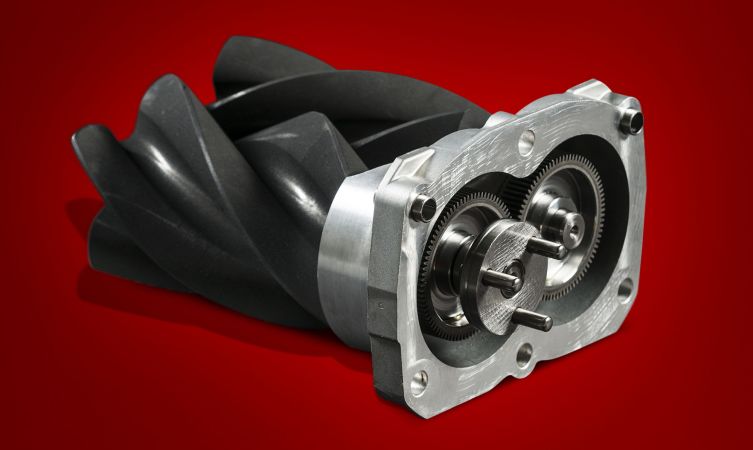
The new Yaris GRMN adopts a proven Magnusson Eaton rotor-type supercharger to help its 1.8-litre Dual VVT-i engine reliably generate almost 50% more power that it would normally achieve. Running at 1.8 bar boost pressure for optimal efficiency, and allied to a specially uprated fuel system, the headline power figures are 209bhp at 6,800rpm and 250Nm of torque at 4,800rpm. Of greater importance on the road, however, is the fact that more than 220Nm of torque is available from 3,000rpm all the way to the redline.
The beauty of supercharging is the instant availability of torque at any engine speed and a power delivery that is linear to throttle inputs. As the supercharger is driven by the crank via the V-belt, its rotors are always spinning and the engine is always ‘on boost’, so there is no yawning lag before torque arrives.
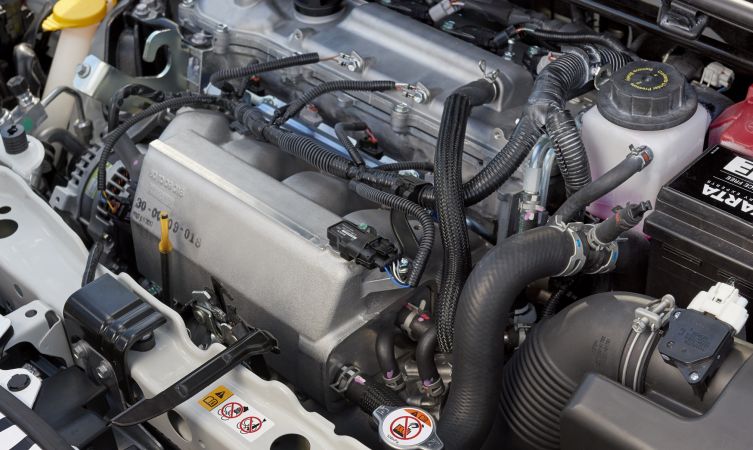
However, compressing the air generates friction, which in turn creates heat. So before the compressed air is fed into the engine it is cooled by a small radiator, known as an intercooler. As you can see in the above image (pre-production prototype shown), this intercooler is integrated into the same compact alloy housing as the supercharger – a neat packaging solution for the engine bay of this super supermini.
Yaris GRMN: exhaust
Considering the intake and processing measures explained above, further modifications had to be applied to efficiently evacuate the resulting exhaust gases. While it was not necessary to alter the engine’s original exhaust manifold for this application, the team in charge of the rest of the Yaris GRMN exhaust was targeted with developing a WRC-inspired system that improved the flow rate and delivered a 60% reduction in back pressure.
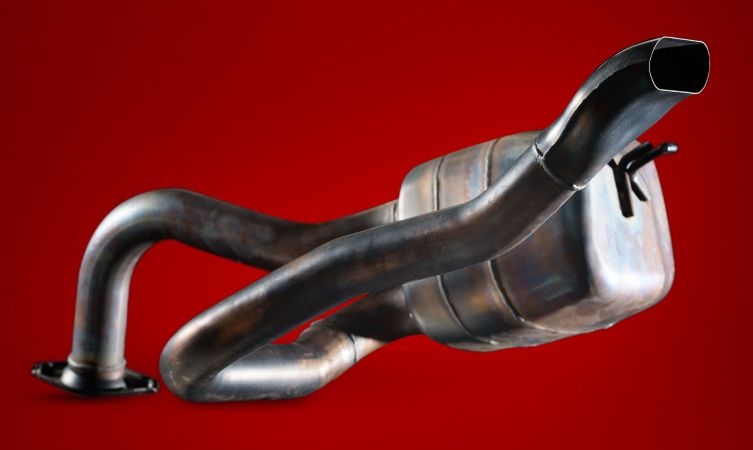
Although space was at a premium, the entire system – including the catalytic converter – was restructured: the pipework diameter was enlarged, bend radiuses were increased, and the routing simplified. The result is a lightweight, steel exhaust that not only resembles a WRC-style system but is specially tuned to sound like one as well. It culminates in a centre-exit tailpipe that looks like a poised cobra behind a trapezoid frame in the rear bumper.
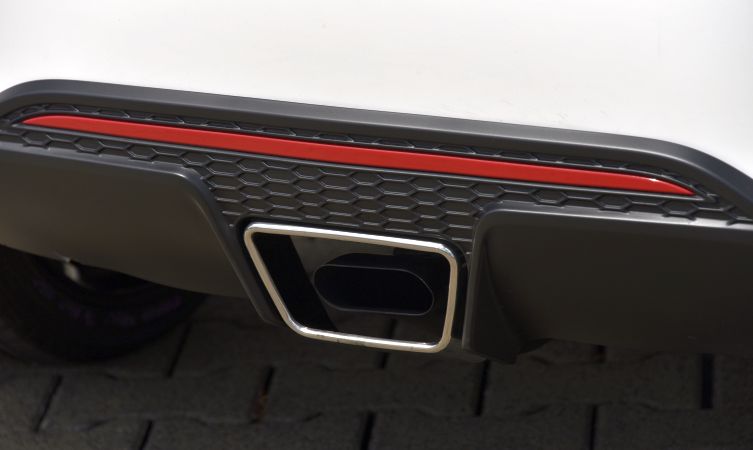
Yaris GRMN: forged alloy wheels
Most new cars roll on alloy wheels these days. But whereas the vast majority are cast designs, the Yaris GRMN is the only vehicle in its segment to be equipped with forged alloys.
As the name suggests, a cast alloy wheel is formed by pouring molten alloy into a cast, or mould, whereas a forged alloy wheel is carved from a solid alloy billet. The latter is a much more expensive product, but this difference in the method of manufacturing has a huge impact on the weight and strength of the resulting wheel.
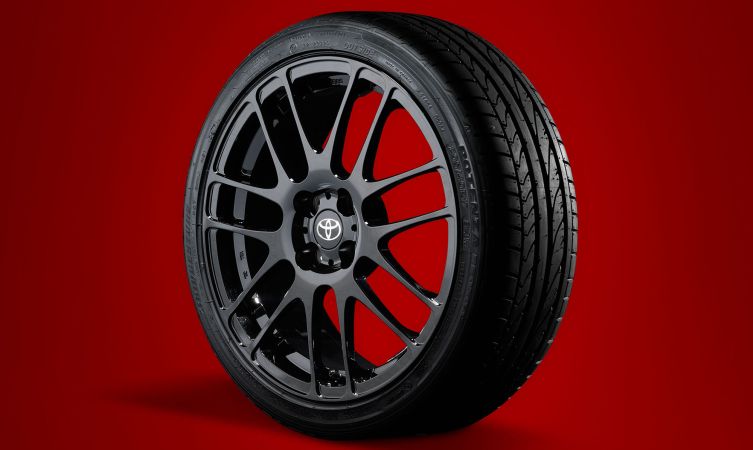
Cast wheels are usually heavier and have a more random molecular composition because the grain flow alters as the molten alloy is forced to conform to the shape of the mould. In order to achieve the same structural integrity, a forged wheel will often be around 25% lighter and can be up to three times more impact resilient. This is because its grain structure is tight, uniform and interlocking, while the very nature of the original forging process means that a wheel carved from a solid billet will not contain inconsistencies such as air cavities or oxidation.
The forged alloy wheels featured on the Yaris GRMN are produced by renowned German wheel manufacturer BBS. They measure 17 inches in diameter and seven inches across, with a 48mm offset that is marginally more aggressive than the value applied to the rest of the Yaris range. Due to their forged construction, each wheel is 1.5kg lighter than an equivalent cast counterpart – a 6.0kg saving from the wheels alone.
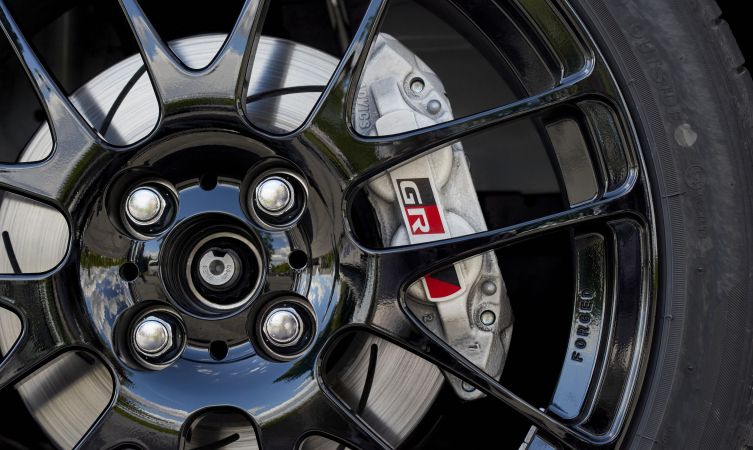
Interestingly, reducing the vehicle’s unsprung weight (mass that is not supported by the suspension) improves steering feel and precision and ride quality. It also enhances overall acceleration and braking because less energy is wasted rotating the wheels. In the case of the Yaris GRMN, it is equivalent to saving many multiples of 6.0kg elsewhere on the car. Little wonder the car offers the best power-to-weight ratio in its class.
Yaris GRMN: brakes
With such a bold presence behind the spokes, it is not possible to talk about the Yaris GRMN’s wheels without mentioning its brakes. Painted in Toyota Gazoo Racing competition colours, the front brake package is unique to the vehicle and is produced by Japanese supplier ADVICS, while the rear brake set-up – the caliper is also painted white but without the logo – is shared with the 1.5-litre Yaris model to provide a perfectly balanced dynamic.
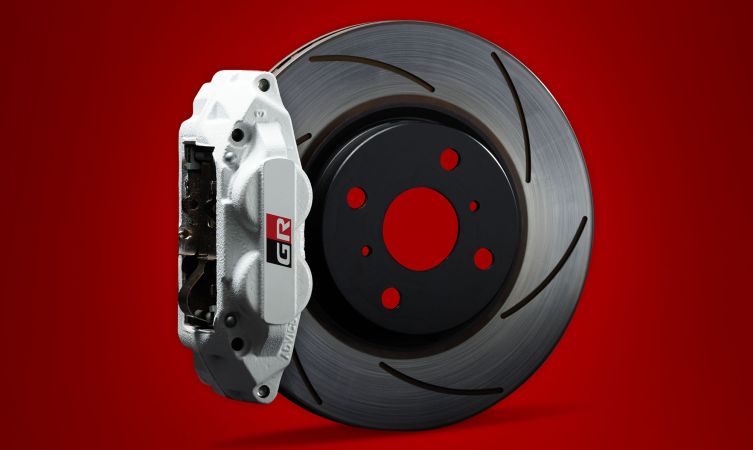
You will notice that as well as being ventilated to help dissipate heat, the 275x25mm front discs also feature grooves that gently arc across the face of the disc. As the discs rotate, the grooves act like a wiper, constantly de-glazing the surface of the brake pads and evacuating any residual dust so the pads and discs can make clean contact.
That contact is made even more confidence-inspiring by the inclusion of four-piston calipers. This multiple piston configuration ensures that pressure is applied more evenly across the whole of the brake pad, thereby balancing wear and ensuring full contact is made for maximum braking efficiency.
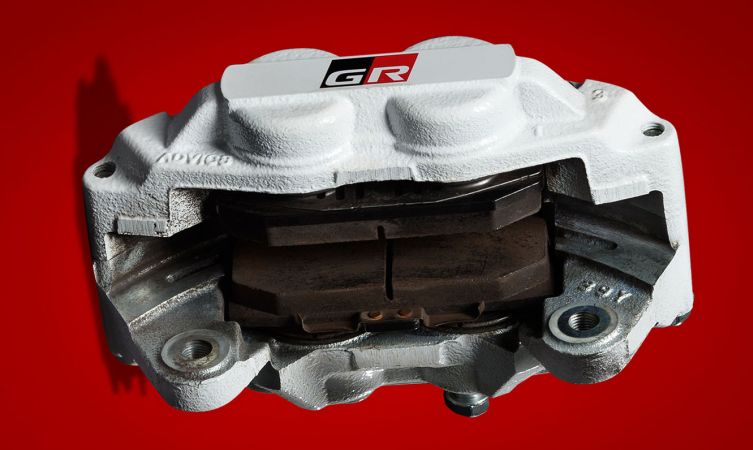
Yaris GRMN: suspension
The Yaris GRMN retains the familiar MacPherson strut (front) and torsion beam (rear) suspension set-up as the rest of the range. However, its specific components were specially tuned by a select group of specialists working both around the legendary Nürburgring race circuit and within its immediate neighbourhood.
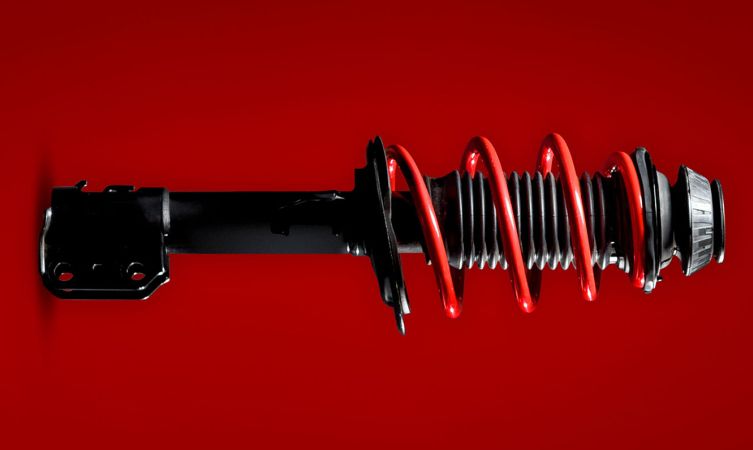
The dampers were developed with the assistance of Sachs Performance engineers and are produced by the German company. Although their twin-tube construction is the same as the mass production model, the valves and internal structure have been tuned for track days and hard road use. Partnering the shock absorbers are specially tuned springs that feature more tightly wound coils to deliver a 30mm drop in ride height and increased rates of 34.6Nm (front) and 34.2Nm (rear). Meanwhile, cornering attitude between both sides of the car is levelled through the use of a thick 26mm anti-roll bar across the front axle.
Yaris GRMN: seats
The thoroughness of this car’s development is additionally evidenced in the highly supportive, reclining front seats. Specifically developed and made by Toyota Boshoku (the same subsidiary that produced the outstanding seats for the Lexus LFA supercar), the seats were tuned at the Nürburgring at the same time as the car’s chassis in order that the padding strength and bolsters would perfectly complement the suspension.
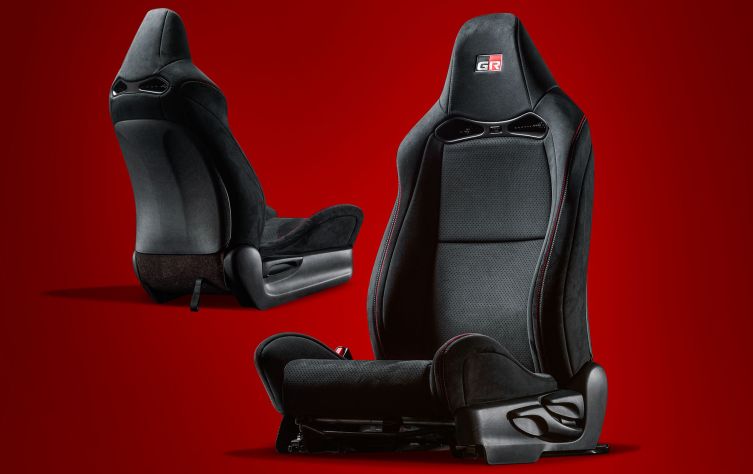
While supportive enough for occasional track use, the seat rails, base frames and tilting mechanisms are shared with other Yaris models, so the day-to-day functionality and range of movement within the seats remains unaffected.
Learn more: The untold story of our new hot hatch
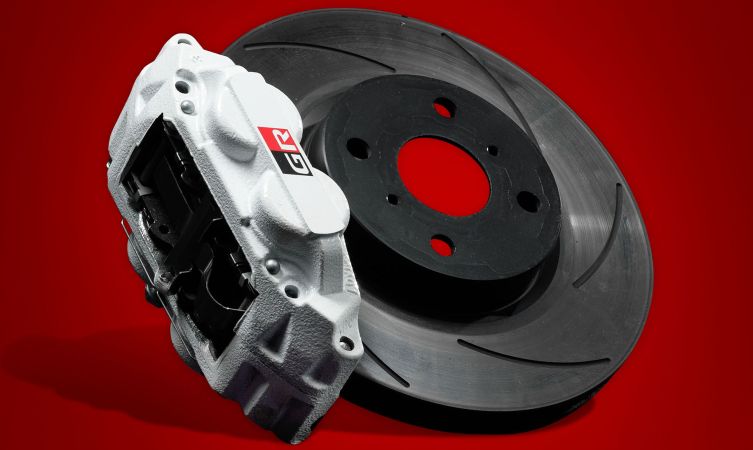
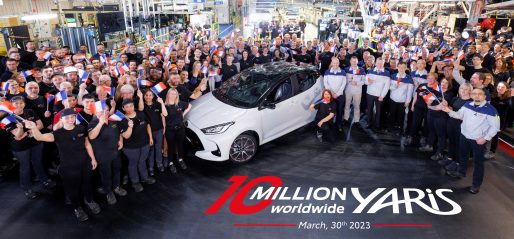
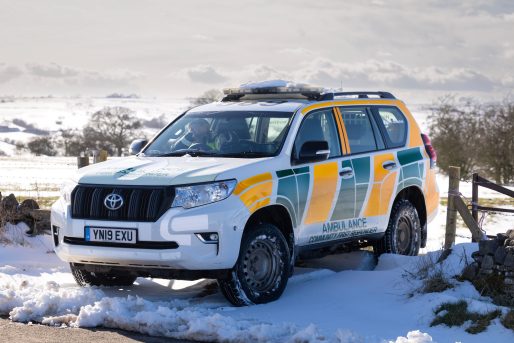
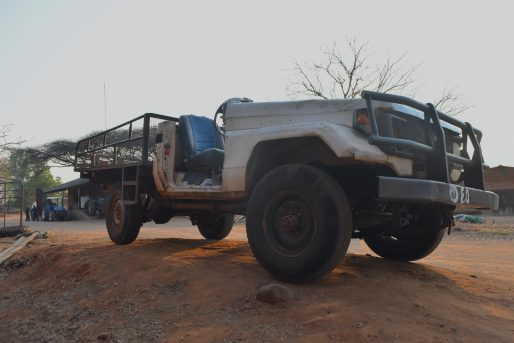

God this is why I love Toyota! This car has been a dream of mine since it come out, I have just started to save for a GRMN. On another note would love to speak to someone who designs are cars and talk about people (like me) over 6ft and issues we have with modern car design!
Re my previous comment from Oct 2017, I now have a GRMN and it’s as good as I expected!!!
I can’t believe I actually got one and a minter at that.